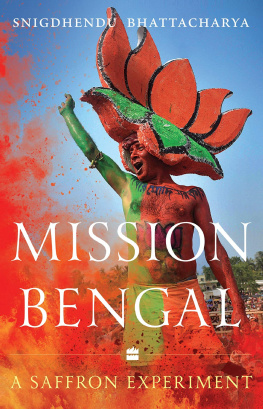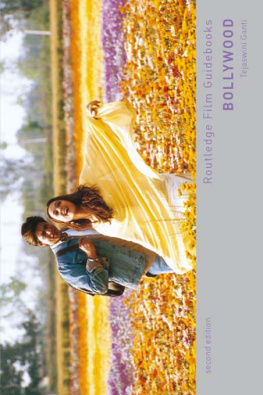To begin with, I would like to thank the distinguished galaxy of contributors. They have rewritten the story of my father, Bimal Roy, with great sincerity and emotion. My grateful thanks to friendsTutun, Maithili, Krishna, Sonal, Sumita, Nita, Kamlesh and Rohiniwho sustained this work with encouragement. I wish to particularly thank Sounak for gallantly rising to the occasion with prompt responses, every time I required archival details from Kolkata.
Most of all, my sincere thanks to my friend and agent Mita Kapur for her constant support. I am grateful to the Penguin Books India for their patience and foresight in turning this dream into a reality.
Bimal Roy: A Biographical Sketch
Rinki Roy Bhattacharya
There is very little information available on my father, Bimal Roy. It is as if all details about his childhood and youth are written in invisible ink. And those who could enlighten us on the early chapters of his life have long ceased to be. Writing an elaborate biography, therefore, is not possible. Then there is the additional risk that writing the biography of ones fatheror mothermay lead the writer into the autobiographical. My biographical note is no more than a pencilled sketch of my father, reconstructed from personal and collective memories, through sound bites from the past, unconnected anecdotes, and a few closely guarded family secrets thrown in about Babas family and our ancestors from a remote village called Suapur, not far from present-day Dhaka, the capital of Bangladesh.
There was something inexplicably sublime about Babas personality. He was a reclusive mana man of silence, as frequently referred to in the volume. Thinking of him, I recall the silent film he loved to watch. It is as if we are both in a timeless bind, watching the film togetheragain and again.
My first exposure to cinema was watching films at home. The projectors familiar sound made us leave dinner in haste and run to the drawing room of our Calcutta (now Kolkata) home. For us, the children, it was a horror movie, but Baba would watch it every other night with undivided attention. I concluded, naturally, that there was something wrong with my father to like such a horrific film. Decades later, after Baba had passed away, his fascination with the silent film struck a chord. His generation had learnt about the new medium by watching celebrated world maestros. Babas meditative viewing sessions were a lesson in orientation. At a discreet level he had managed to initiate us into the world of sound and picture.
According to the Screen Yearbook 1956, my fathers date of birth is 12 July 1909. Family elders disagree, but no other record exists. Also judging from the fact that a few of my fathers contemporariesS.D. Burman, Pankaj Mullick, Radhamohan Bhattacharya completed their centenary in the last couple of years, we assume his is close at hand.
Conflicting stories, with many versions invented by eager relatives, may confuse one about Babas forerunners. But the basic premise remains unchanged. Our ancestors were a landholding family in the village of Suapur in East Bengal. My grandmother hailed from Manikganj, better known than Suapur. One branch of our family even believes that we belong to the famous Ramna area of Dhaka. My father was the sixth of his parents eight surviving children. There was an elder stepsister with the romantic name Roshenara, The adoption, thankfully, was stalled. One is not sure, if the adoption story is part of a larger, invented make-believe scheme. However, if a senior relative is to be believed, the Suapur zamindars lived the life of indolent feudal lords. There were at least a hundred people to feed daily, was the boast of an uncle whilst looking at our fragmented family.
Most evenings in Suapur were spent, it seems, at the kotha baari adjacent to our house. Singers and dancers were hired to regale the zamindars all night. The two brothersHemchandra may be a reaction to this. He never drank, and it was a taboo in our home to even mention it. The Bimal Roy home, in that sense, had the least filmy ambience in the entire Bombay movie industry of the period.
Cigarette was his alchohol, writes Nabendu Ghosh. A huge carton of Chesterfield or Lucky Strike cigarettes was the first to be packed before any journey Baba took. He is seen stylishly smoking a cigarette in most photographs.
He woke up early, before the rest of our household had even stirred, made his cup of raw tea and took a leisurely walk in the garden. During the walk, he liked to pluck seasonal vegetables from our patch and when we woke up, showed off a cabbage, pumpkin or papaya beaming with paternal pride. His lifestyle was simple, regular and uncomplicated.
One story about our ancestors which intrigues me mostin fact, appeals to my cinematic sensibilityconcerns fathers uncle, Jogeshchandra Roy. He is said to be the original template for Ugranarayan, the villain played by Pran in Madhumati


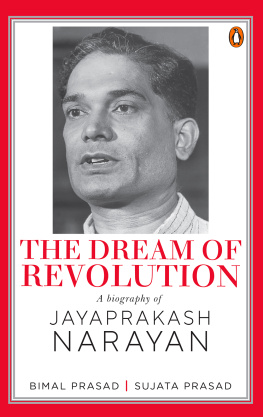
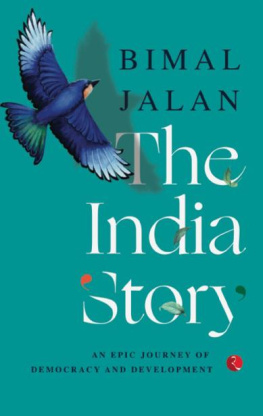
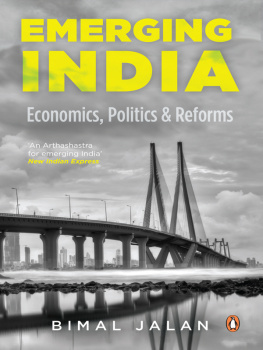


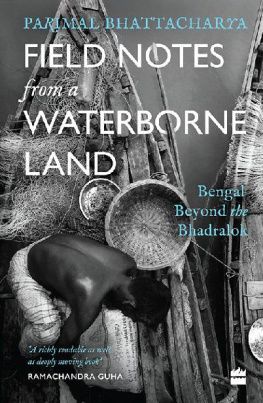
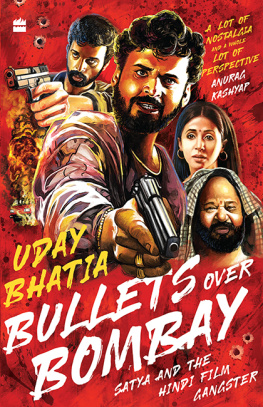
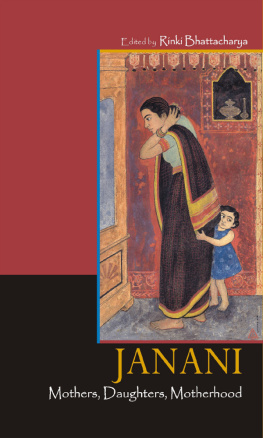
![Bimal Kanti Paul - Natural Hazards and Disasters: From Avalanches and Climate Change to Water Spouts and Wildfires Vol 1 [2 Volumes]](/uploads/posts/book/258477/thumbs/bimal-kanti-paul-natural-hazards-and-disasters.jpg)
